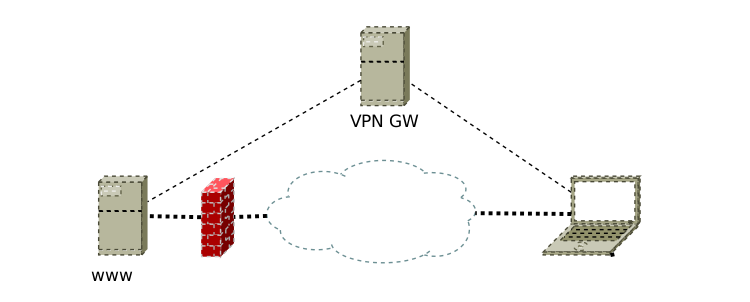WordPress Angriffe filtern
Montag, November 30th, 2015Ich habe im August 2014 bereits eine Lösung mit iptables und fail2ban geschrieben. Da diese aber zu viele „fals positiv“ produziert hat, habe ich mich noch einmal hingesetzt und eine sowohl auf Performance als auch ohne fail2ban optimierte Lösung gesucht.
Mein zweiter Ansatz geht so vor, dass zuerst alle post requests in eine eigene iptbatles chain gepackt werden. Anschließen werden die in der chain noch übrig bleibenden anfragen nach den Schlüsselwörtern wie wp-login.php oder xmlrpc.php untersucht und mit einem Counter von 3 versehen. Beim dritten versuch ein falsches Passwort anzugeben werden die IPs der Botts für 600sec gesperrt.
iptables -A INPUT -p tcp --dport 80 -m string --algo bm --string "POST " -j HTTPPOST
iptables -A HTTPPOST -m string --algo bm --string "/wp-login.php" -m state --state NEW,ESTABLISHED -m recent --set --name "wp-auth"
iptables -A HTTPPOST -m string --algo bm --string "/wp-login.php" -m state --state NEW,ESTABLISHED -m recent --update --seconds 600 --hitcount 3 --name "wp-auth" -j DROP
iptables -A HTTPPOST -m string --algo bm --string "/xmlrpc.php" -m state --state NEW,ESTABLISHED -m recent --set --name "wp-xmlrpc"
iptables -A HTTPPOST -m string --algo bm --string "/xmlrpc.php" -m state --state NEW,ESTABLISHED -m recent --update --seconds 600 --hitcount 3 --name "wp-xmlrpc" -j DROP
iptables -A INPUT -m state --state NEW -p tcp --dport 80 -j ACCEPT -m comment --comment "HTTP"
UPDATE: Danke an Jens, die SSL Regeln für Port 443 können so natürlich nicht funktionieren und wurden entfernt.
